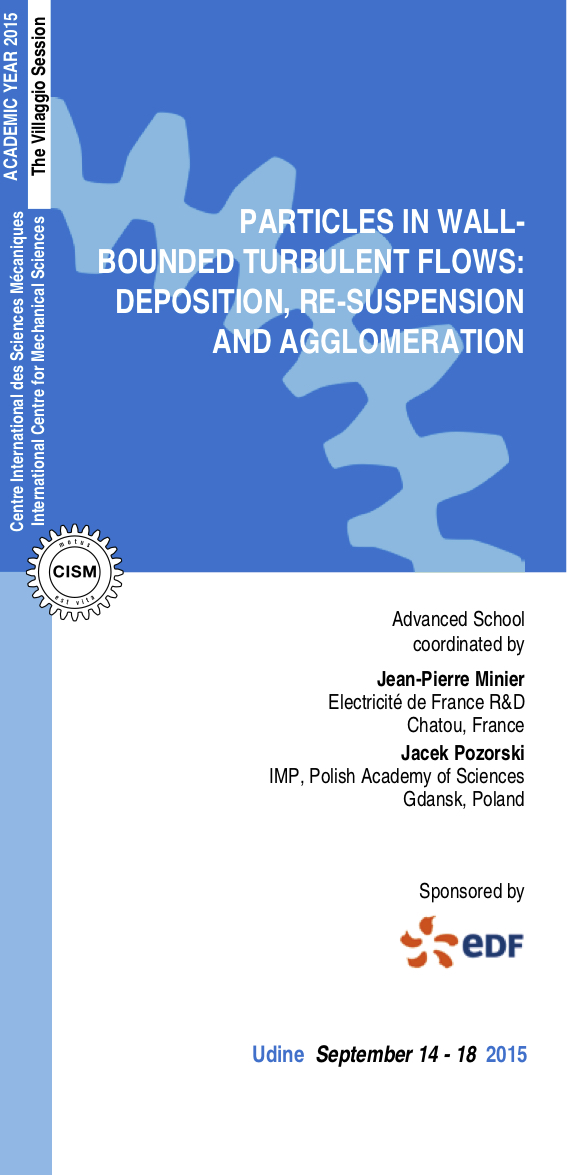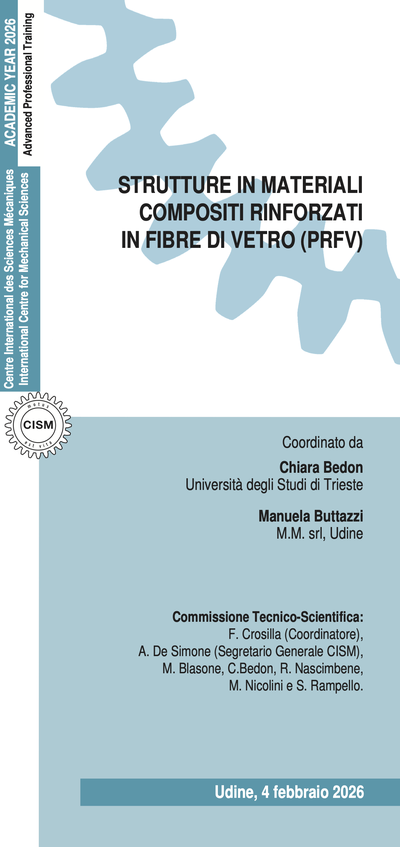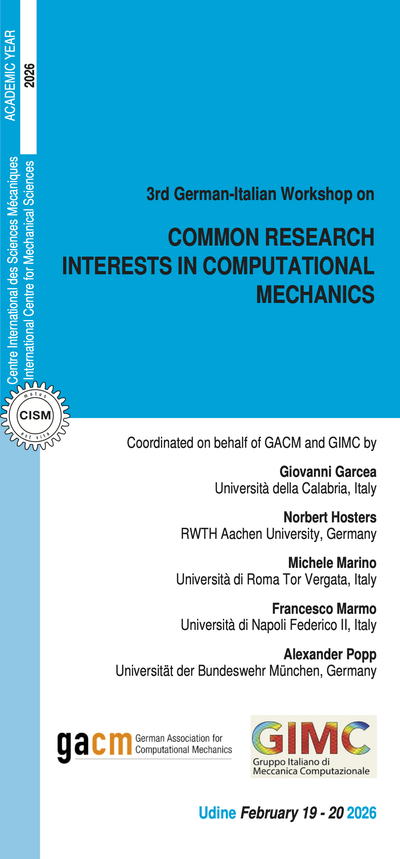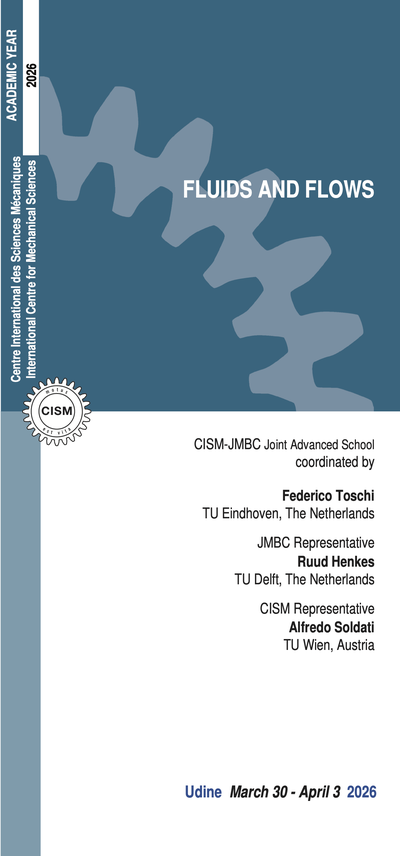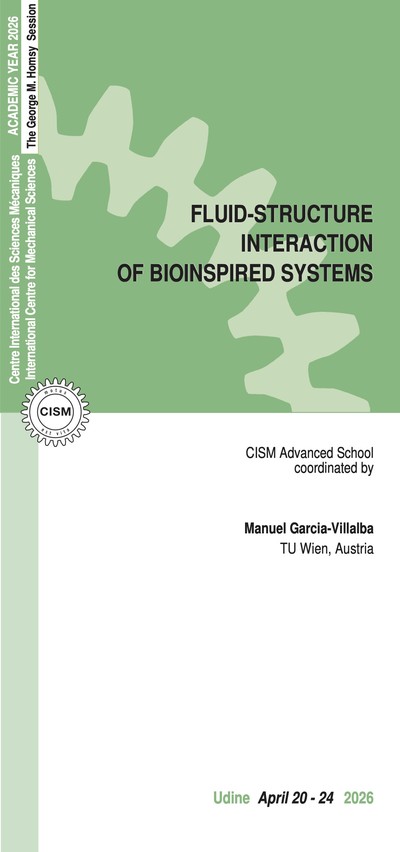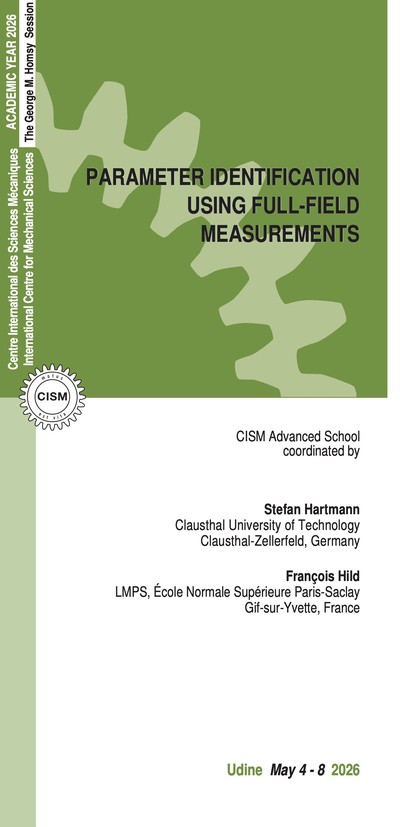Particle transport in nearwall turbulent flows involves challenging phenomena, such as deposition, re-suspension and agglomeration, which cover a wide range of situations from single-particle deposition to the formation of deposited aggregates that modify fluid flows. These issues have implications in many processes ranging from power-generation industries to electronics, food industry, water treatment, micro-mechanics and micro-biology and are also found in environmental or medical contexts. What is referred to as 'particle deposition’ is best addressed by introducing a coupling between the underlying phenomena (deposition, re-suspension, agglomeration, clogging) which reveals that three fundamental physical interactions are at play: particle/fluid, particle/surface and particle/particle interactions. There are thus two major mechanisms: the hydrodynamic transport, describing particle/ fluid interactions and how particles are transported and dispersed by turbulent flows, and the attachment mechanism, describing particle/surface and particle/particle interactions and how particles adhere to surfaces. The related phenomenology has often been addressed from two separate points of view using: either a hydrodynamic approach but with a poor description of attachment forces or a physicochemical standpoint but with no proper account for particle transport. However, new descriptions have emerged with the development of multi-scale models. Furthermore, new insights have been provided by Direct Numerical Simulation (DNS) and by fine experimental techniques (such as PIV/PTV or AFM), leading to an improved understanding of particle deposition. With respect to this context, the course has a three-fold objective: - To provide an in-depth presentation of the phenomenology involved in particle dynamics in wall-bounded turbulent flows and of the basic physical interactions; - To introduce unified models of particle deposition (which combine hydrodynamic and physico-chemical approaches) that are helpful to achieve a comprehensive description of the complete phenomenon; - To discuss open experimental/ modelling issues, for example multi-layer deposition and resuspension. The general terminology of 'particles’ does not mean that the course will be strictly limited to solid (colloidal or inertial) spherical particles. Indeed, specific lectures will also discuss droplets (coalescence/breakup) and non-spherical particles, such as fibre suspensions in turbulent flows. The course is organised so as to cover the different aspects of the physics involved in particle behaviour in turbulent flows (thus, the transport/attachment mechanisms) and the variety of points of view (experimental/ numerical/modelling). The present course will be attractive to graduate and doctoral students, to young researchers as well as to practicing engineers in the fields of mechanical, nuclear, environmental, medical, chemical and process engineering. Since the course includes presentations of up-to-date progress as well as open questions that remain to be addressed, it will be also of interest for senior researchers.
Minier, J.-P. and Peirano, E. "The PDF approach to turbulent polydispersed two-phase flows’’, Physics Reports, 352 (2001), 1-214. Henry, C., Minier, J.-P. and Lefèvre, G. "Towards a description of particulate fouling: from single particle deposition to clogging’’, Advances in Colloid and Interface Science, 185-186 (2012), 34-76. Israelachvili, J. N. “Intermolecular and Surface Forces”, Academic Press, Third Edition, 2011. Pope, S. B., "Turbulent Flows’’, Cambridge University Press, 2000. Soldati, A. and Marchioli, C. "Physics and modeling of turbulent particle deposition and entrainment: review of a systematic study’’, International Journal of Multiphase Flow, 35 (2009), 827-839.
Christophe Henry (IMP, Polish Academy of Sciences, Gdansk, Poland)
4 lectures on: Presentation of inter-surface forces, in particular the DLVO theory. Recent perspectives showing the importance of surface heterogeneities (surface roughness or electrostatic heterogeneities) and new approaches for particle re-suspension.Fredrik Lundell (Linné FLOW Centre & Wallenberg Wood Science Centre, KTH, Stockholm, Sweden)
4 lectures on: Introduction to the physics of fibre suspensions in turbulent flows. Discussion of the general phenomenology and the links with practical applications. Presentation of rheological approaches with special attention to flocculation.Cristian Marchioli (University of Udine, Italy)
4 lectures on: Introduction to the forces acting on particles in turbulent flows and the physics of particle-laden flows. Discussion and analysis of DNS-based results for both spherical and non-spherical particles, with an emphasis on the role played by near-wall fluid structures.Jean-Pierre Minier (EDF R&D, MFEE, Chatou, France)
6 lectures on: General introduction on the phenomenology of particle deposition and on the modelling issues involved. Introduction to Lagrangian stochastic approaches and multi-scale models that include both transport and physico-chemical effects. Applications to singleand multi-layer deposition simulations.Jacek Pozorski (IMP, Polish Academy of Sciences, Gdansk, Poland)
6 lectures on: Presentation of fluid turbulence with an emphasis on near-wall regions: statistical modelling approaches as well as alternative formulations, such as LES (Large Eddy Simulation). Current models for particle dynamics and transport in near-wall turbulence. Numerical prediction of agglomeration.René van Hout (Technion-Israel Institute of Technology, Haifa, Israel)
4 lectures on: Presentation of experimental aspects (such as particle image velocimetry and holography techniques) and of how experimental results are currently helping progress in the understanding of particle motion and near-wall dynamics.Greg Voth (Wesleyan University, Middletown, CN, USA)
4 lectures on: Presentation of experimental aspects. Discussion of results from direct simulations and analysis of special issues such as non-spherical particle alignment in fluid flows and fluid stretching for the description of particle agglomeration and breakup.